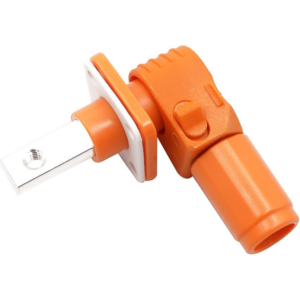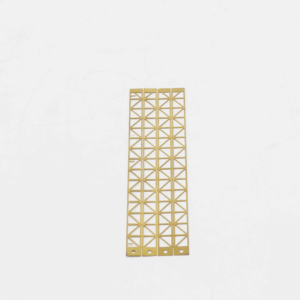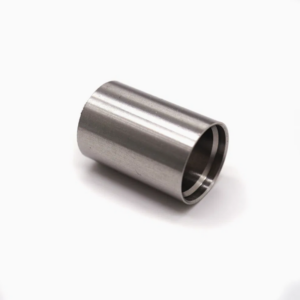Metal stamping stands out as a cost-effective, efficient, and precise production process used in the world. It ensures optimized part performance, rapid turnaround, high quality, and minimal product design costs.
Metal stamping is a common processing method widely used in the manufacturing industry. It works by placing a metal sheet in a stamping die and using impact force to rapidly deform it to obtain the desired part shape. This processing method is efficient, fast and economical, and is widely used in automobiles, home appliances, machinery and equipment and other industries.
Some types of metal stamping include: punching, coining, airbrushing, drawing, embossing and blanking. While they may involve different techniques, they are all performed at room temperature. These cold forming processes are accomplished using different types of molds, machinery, and other tools to achieve the desired appearance.The steps in the metal stamping process include:
Design and Tooling Preparation:
Functionality: Clearly understand what the part needs to do and how it fits into the overall assembly. Designers create a plan of stamping operations to manufacture parts efficiently while minimizing scrap.
Materials: Choose the appropriate materials based on mechanical properties, corrosion resistance, and cost. Metal for stamping comes in sheets or coils in varying thicknesses. These are considered in relation to design intent, production volume, and timeframe for manufacturing.
Quantity: Determine production volume requirements which impact tooling and material choices.
Tooling Design
Die Design: Work closely with toolmakers to design dies that accommodate the part geometry and stamping process.
Die Material: Choose die materials based on production volume and material hardness.
Die Maintenance: Consider ease of maintenance and repair to minimize downtime.
Metal Stamping Applications
Metal stamping is widely used across various industries due to its versatility, cost-effectiveness, and ability to produce complex parts with high precision.
Automotive Industry: Doors, hoods, fenders, and trunk lids are often produced using metal stamping for their structural integrity and aesthetic appearance. Various brackets, mounts, and structural components, parts such as cylinder heads, valve covers, and engine mounts.
Electronics and Electrical Industry: Stamped metal parts are used in electrical connectors, terminals, and contact strips due to their conductivity and reliability.
Aerospace Industry: Metal stamping is used to produce various structural components for aircraft, including brackets, panels, and frames. Precision-stamped fasteners such as nuts, bolts, and washers. Parts like seat components, tray tables, and cabin interior panels are often manufactured using metal stamping processes.
Consumer Goods: Metal stamping is used to produce parts for appliances like refrigerators, washing machines, and ovens, including panels, handles, and brackets.
Medical and Healthcare: Metal stamping is crucial in producing components for medical devices and equipment, ensuring reliability and consistency in critical applications.
Topmetalstamping have been providing foreign customers with advanced, heavy-duty and high-precision metal stamping services for a long time. We specialize in custom metal stamping, high-volume production of precision electrical connectors, contacts, and various other electrical and non-electrical components. Welcome to contact us for more details.



